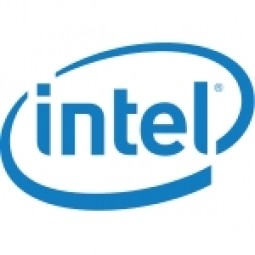
- Analytics & Modeling - Real Time Analytics
- Application Infrastructure & Middleware - Data Exchange & Integration
- Application Infrastructure & Middleware - Database Management & Storage
- Functional Applications - Remote Monitoring & Control Systems
- Networks & Connectivity - Cellular
- Sensors - Camera / Video Systems
- Sensors - Temperature Sensors
- Sensors - Vibration Sensors
- Railway & Metro
- Business Operation
- Asset Health Management (AHM)
A modern locomotive, for example, has as many as 200 sensors generating more than a billion data points per second. Vibration sensors surround critical components, video cameras scan the track and cab, while other sensors monitor RPM, power, temperature, the fuel mix, exhaust characteristics, and more.
Most of today’s locomotives lack sufficient on-board processing power to make full use of all this data. To make matters worse, the data from different subsystems, such as the brakes, fuel system, and engine, remain separate, stored in isolated “boxes” that prevent unified analysis. The data is available, but the technology needed to process it in the most effective manner is not. As new sensors are added to the machine, the problem escalates.
GE and Intel have come together to solve this challenge, and to lay the foundation for faster innovation across the full spectrum of industrial applications. GE GoLINC is a mobile data center that puts powerful data processing and flexible communications close to the data. GoLINC is purpose-built for rugged and remote industrial environments. It has proven its value on thousands of GE and non-GE locomotives run by nearly all of the tier one railroad operators in the United States.
GoLINC is a flexible system that holds multiple modules supporting a wide range of functions, such as wireless communications, networking, and the translation, processing, and storage of all sensor data. Individual sensor subnetworks no longer have to support all of these functions separately. For example, the proliferation of cellular antennas on a modern locomotive can be replaced by a single antenna—and a single module—that handles all communications. In addition, each high-performance GoLINC compute module can host multiple applications, including GE GoLINC Data Optimizer, third-party vendor applications, and home-grown customer applications. With this approach, hardware is consolidated, data is unified, and customers have full control over the applications that monitor and control their machines.
Unlike other on-board processing solutions, GoLINC is an open platform that can be integrated easily with diverse sensor networks, hardware modules, and software applications. Users can configure GoLINC to meet current needs, and then grow and adapt it as those needs change. Both hardware and software are built to support simple, non-disruptive upgrades.

Case Study missing?
Start adding your own!
Register with your work email and create a new case study profile for your business.
Related Case Studies.









